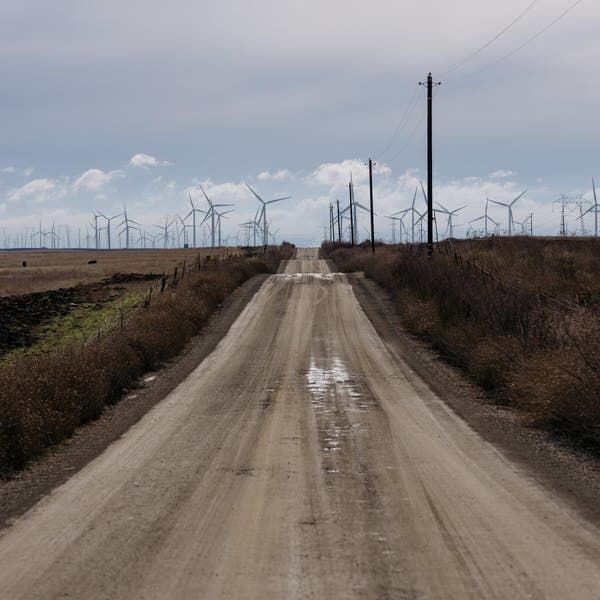Advertisement
Silicon Valley Investors’ Plans for a New City Put on Hold
The East Solano Plan, a proposal for a walkable urban community in a rural corner of the San Francisco Bay Area, stoked tension, fear and mistrust among some neighbors.

Conor Dougherty has been following this story for a year. He was the first journalist to reveal the identities of the investors behind the East Solano Plan and has made several trips to Solano County, Calif., to meet with residents and farmers in the area.
Silicon Valley’s plans for a start-up city are on hold.
The East Solano Plan — a proposal backed by a roster of technology billionaires to build a city of up to 400,000 people on farmland about 60 miles from San Francisco — is being delayed at least two years to study the project’s impact on the environment, the company behind the development said in a statement.
The city was meant to be a walkable urban community in a rural corner of the San Francisco Bay Area now home to sheep farms and windmills. Jan Sramek, a former Goldman Sachs trader who came up with the plan and is now the chief executive of the company behind it, pitched it as a way to build significantly more housing, something California badly needs, in a short amount of time.
The company’s investors, a who’s who of Silicon Valley, included a number of billionaires including Reid Hoffman, the LinkedIn co-founder, venture capitalist and Democratic donor, and Laurene Powell Jobs, the founder of the Emerson Collective.
But the proposal created tension in the area. California Forever, the company driving the development, spent years buying some $900 million of farmland without revealing anything about the identity of its backers or plans for a new city. The secrecy stoked fear and mistrust among neighbors who spent years trying to uncloak the company’s identity until The New York Times revealed it last year.
The delay announced Monday was part of a joint agreement between California Forever and a member of the Solano County Board of Supervisors.
The agreement means that a ballot initiative, which the company had hoped to put before Solano County voters this year, will not appear on the November ballot as planned. California Forever said it would instead spend the rest of this year and next preparing an environmental impact report and trying to craft a development agreement with the county.
The project would still have to go before voters to win final approval.
Over the past decade, California’s legislature and cities have passed dozens of new laws that lower the regulatory burdens on new development in hopes of making housing cheaper and easier to build. But most of those efforts focus on adding density to existing cities and neighborhoods.
Mr. Sramek’s plan was, in essence, a new twist on a planned community, only instead of cul-de-sac subdivisions, he proposed a design to evoke city neighborhoods with row homes, bike lanes and nearby retail where residents could walk to do their grocery shopping. In interviews he said that while he was in favor of the state’s efforts to build housing in urban cores, the plans were moving too slowly, and the state needed to reconsider its aversion to edge-city developments where a lot of housing can be built at once — projects that are maligned as sprawl.
Conor Dougherty covers housing and development, focusing on the rising costs of homeownership. He is based in Los Angeles. More about Conor Dougherty
Advertisement
